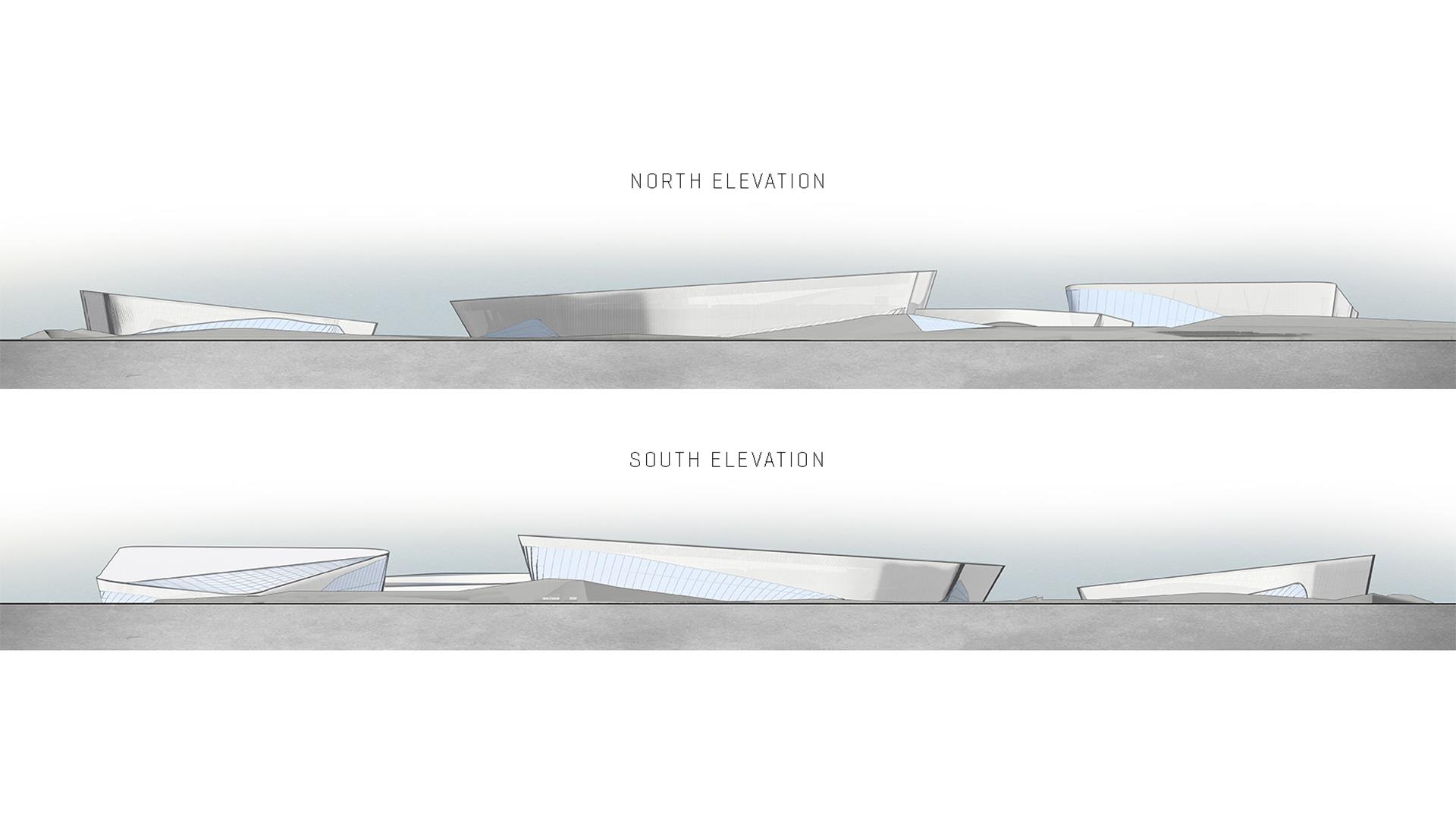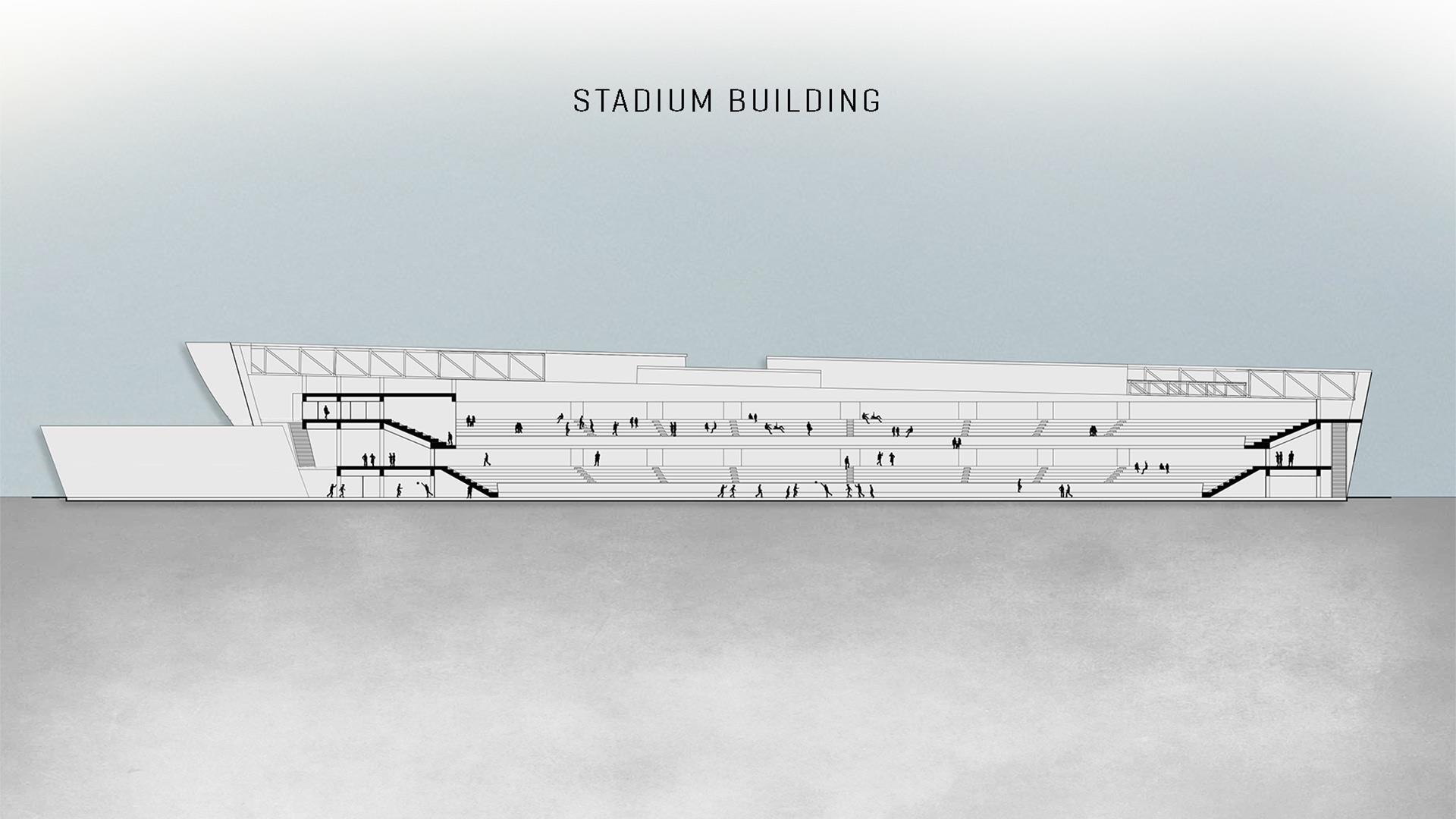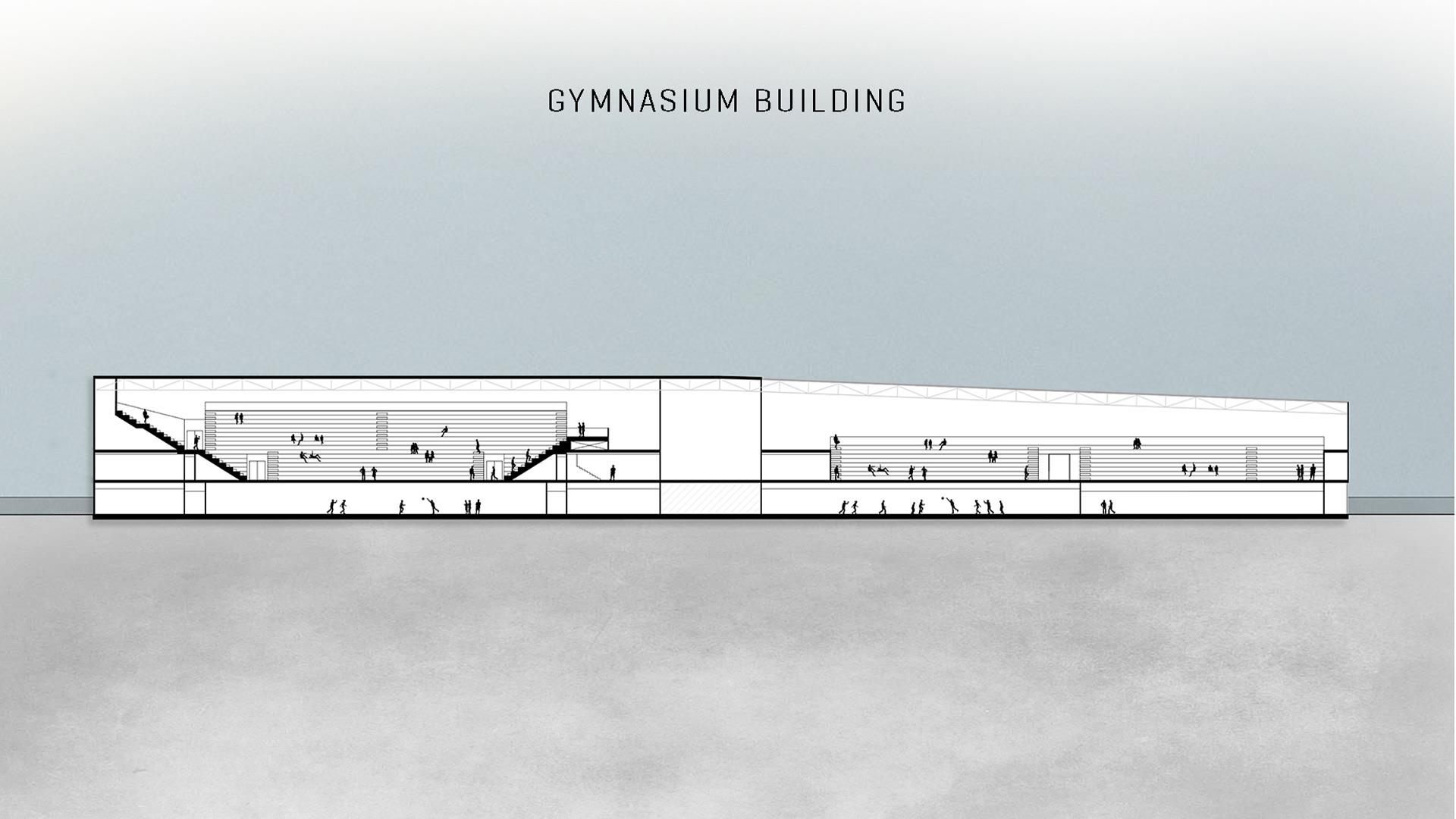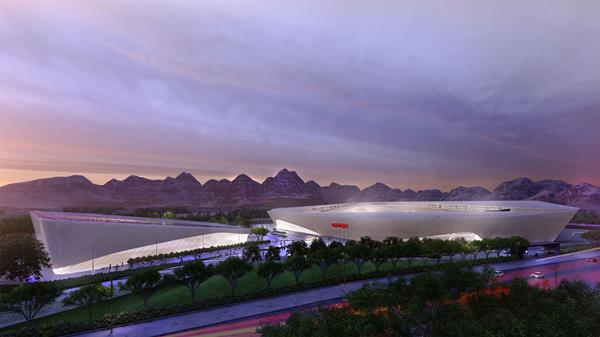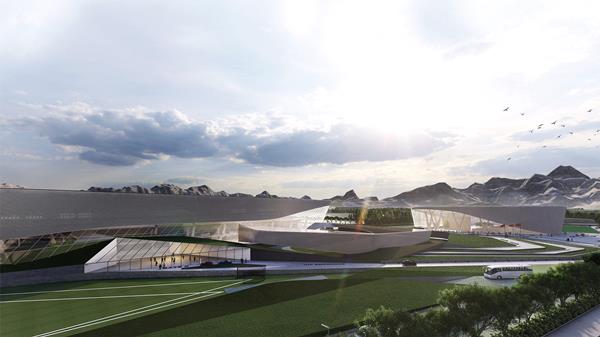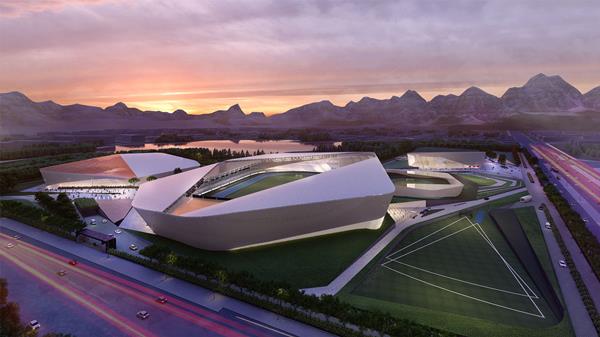Qinghai Sports Center
Golmud City, Qinghai



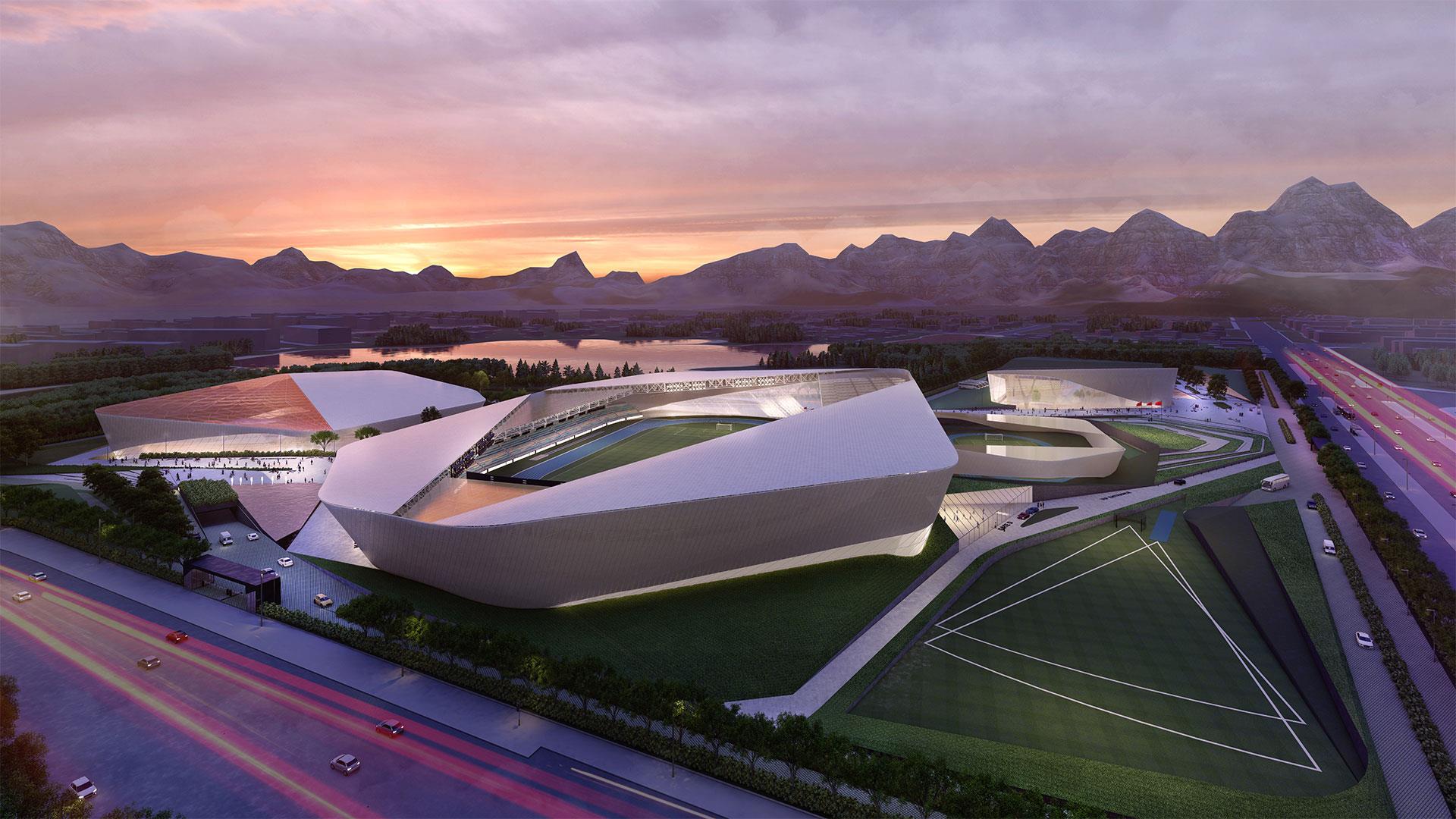

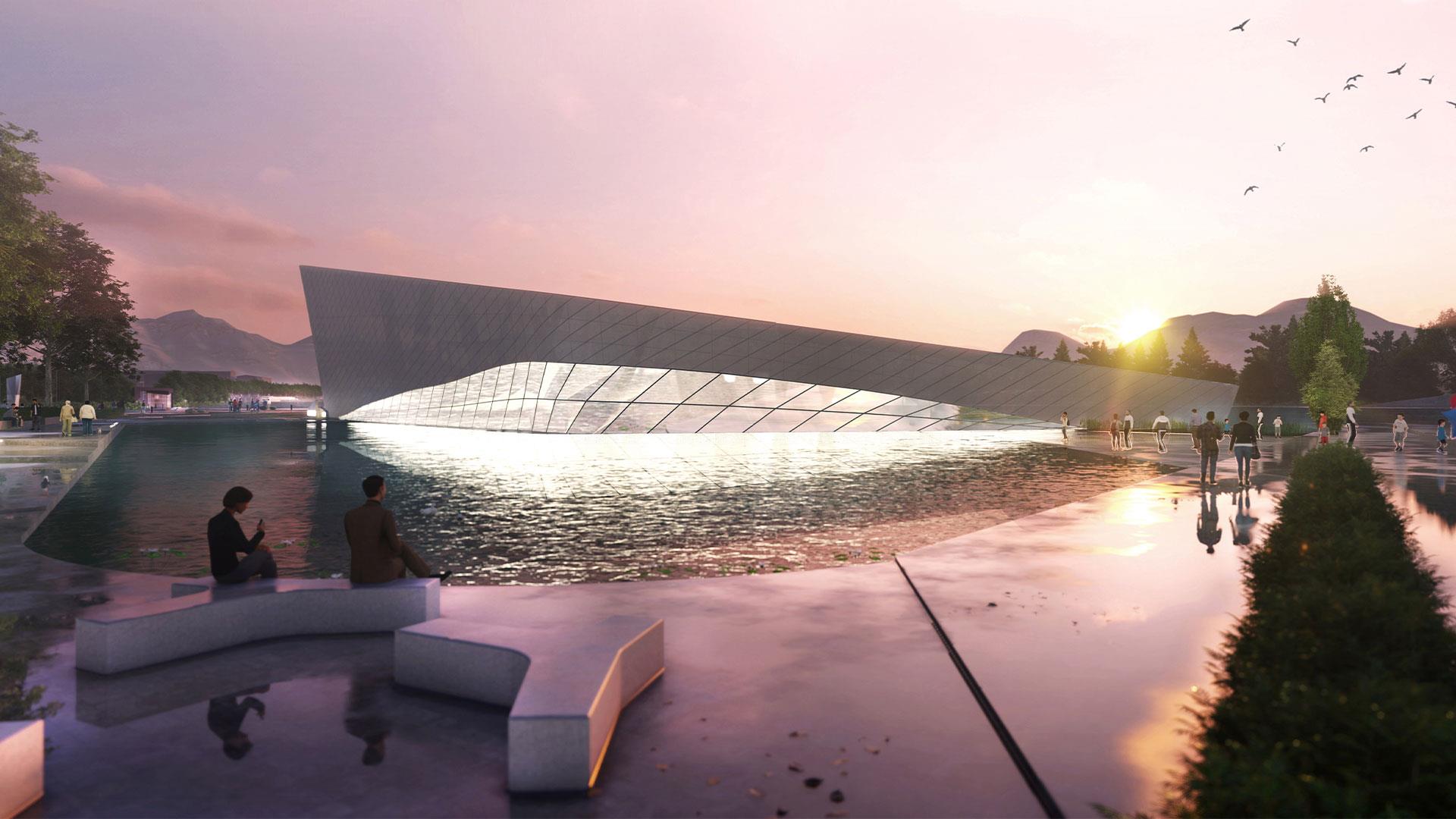
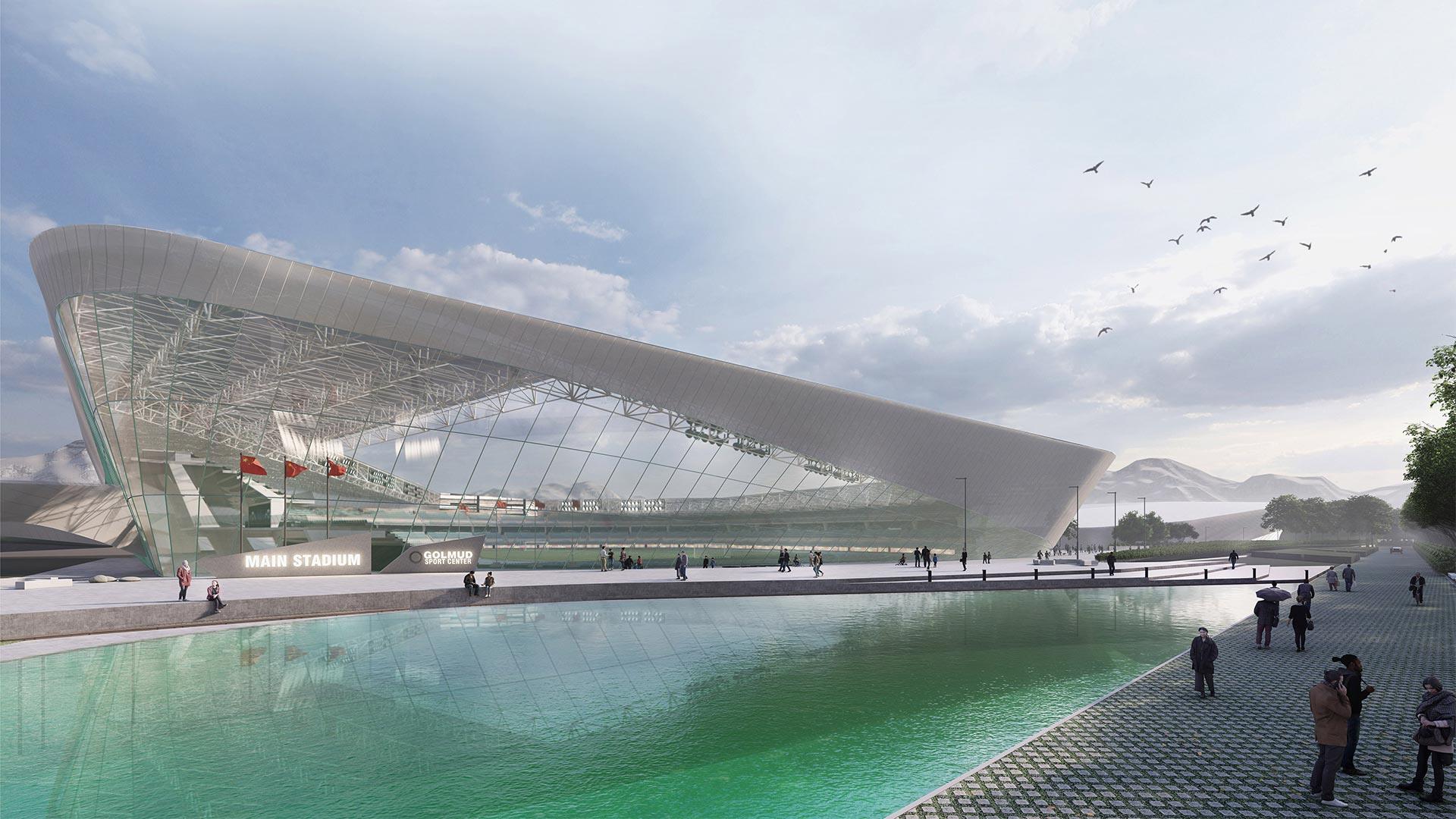
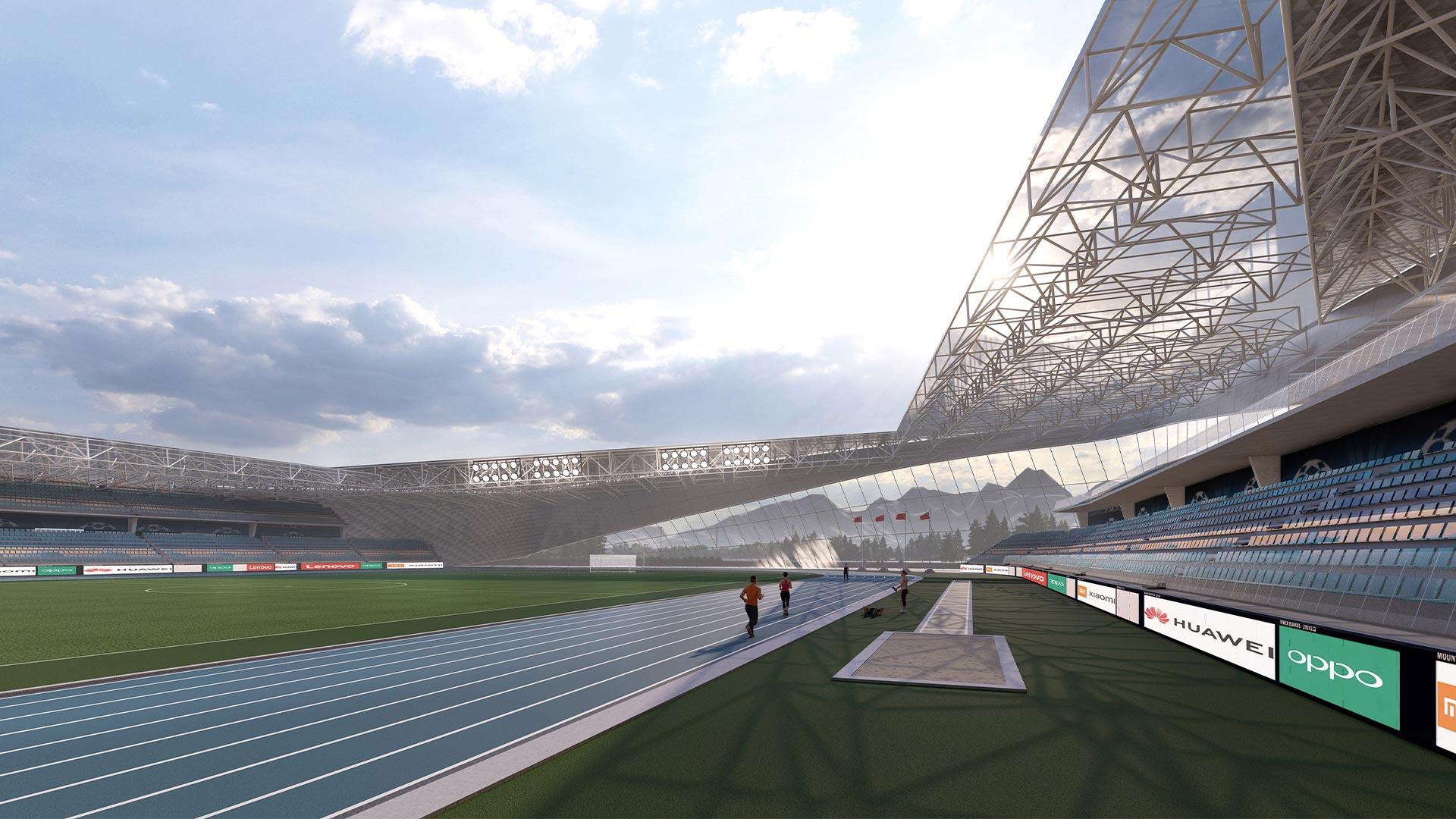
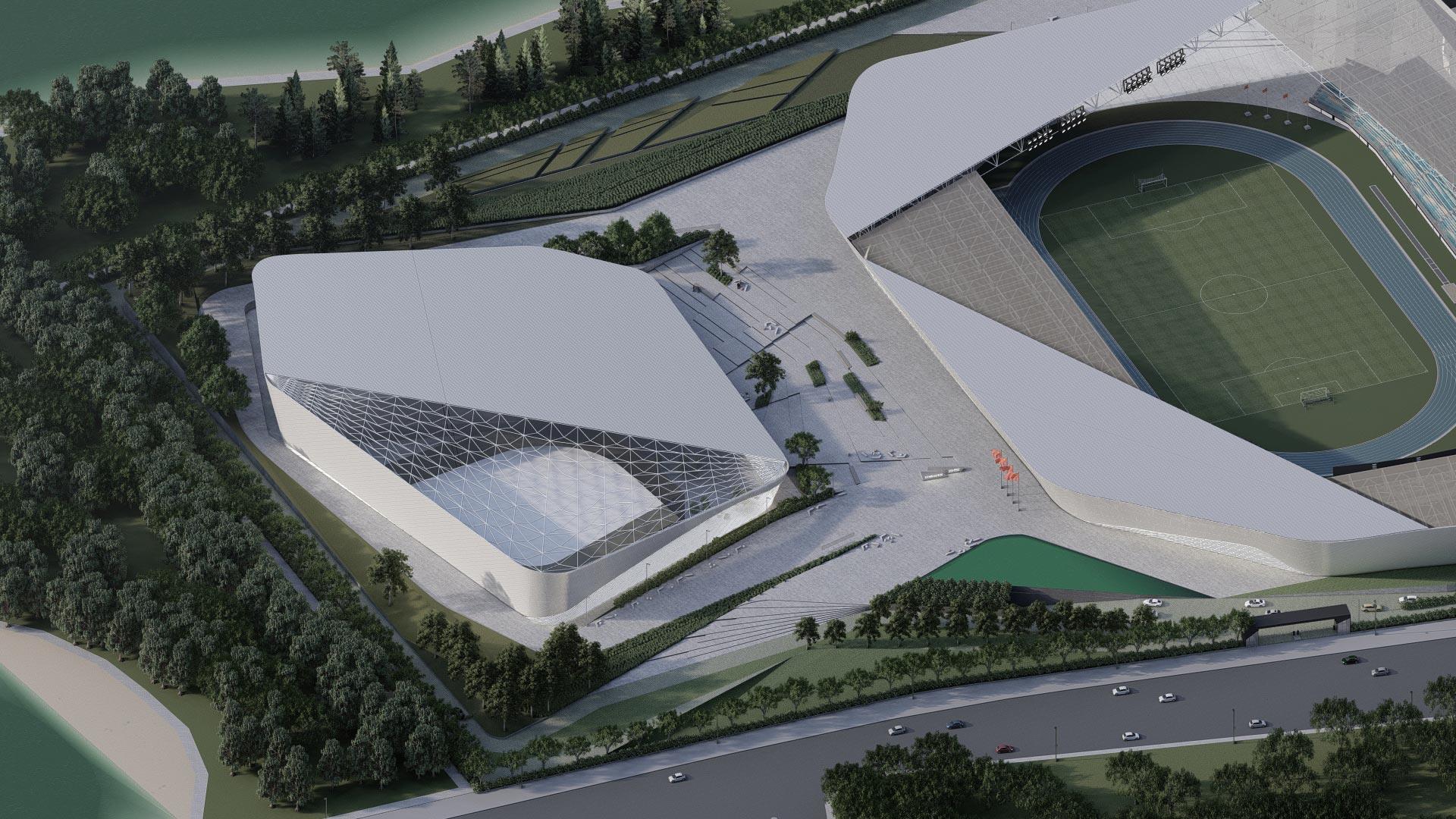
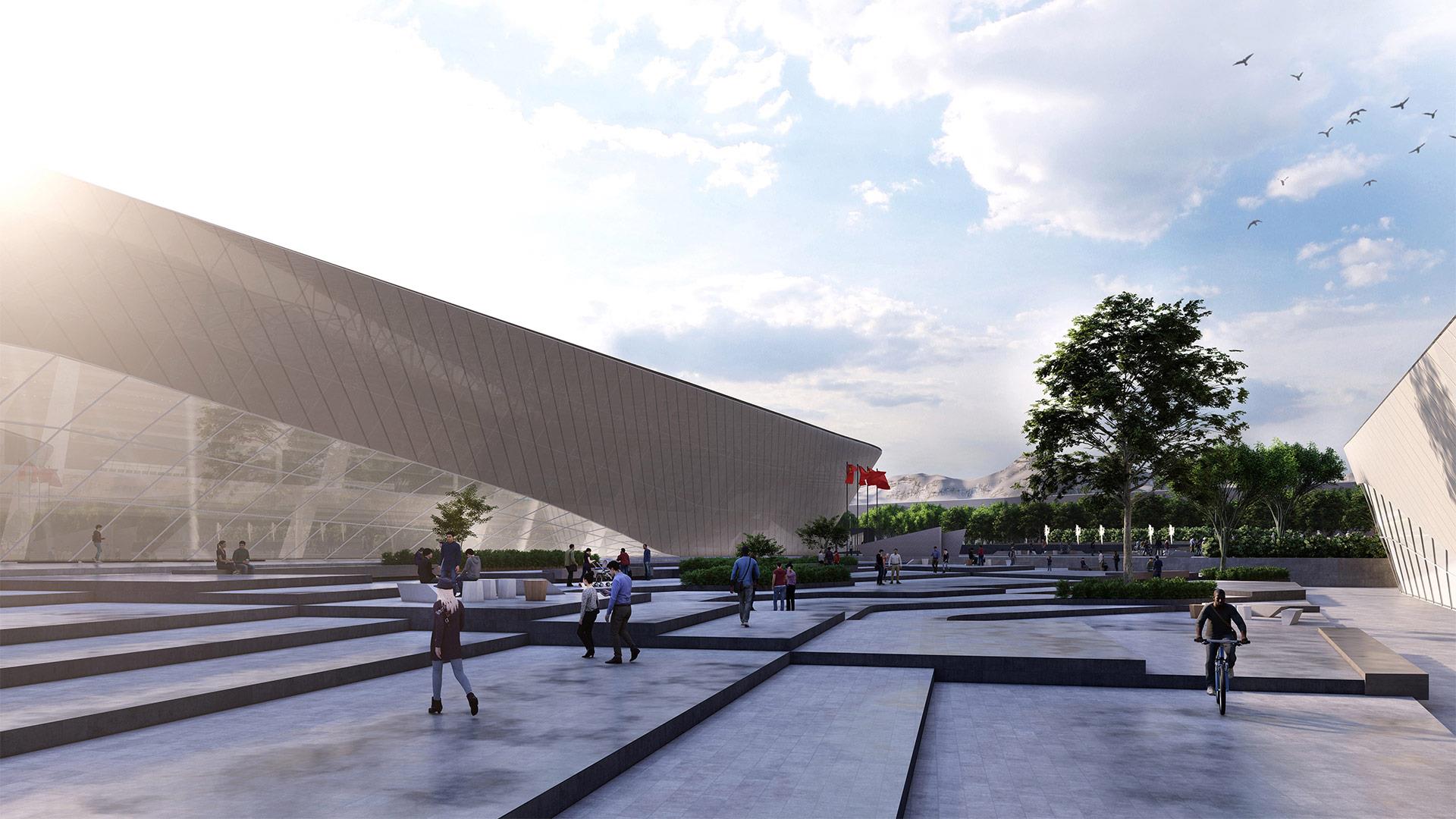
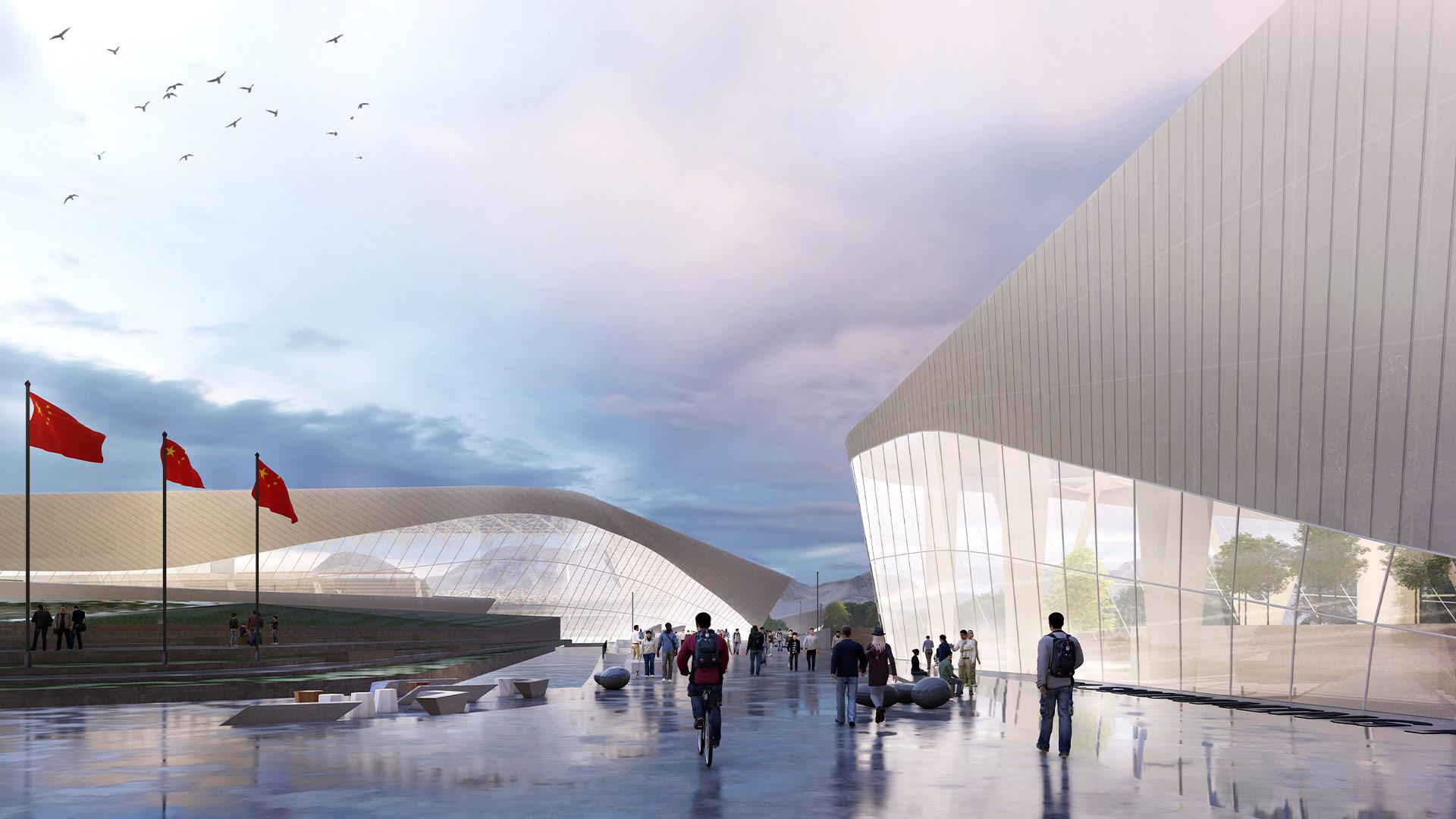

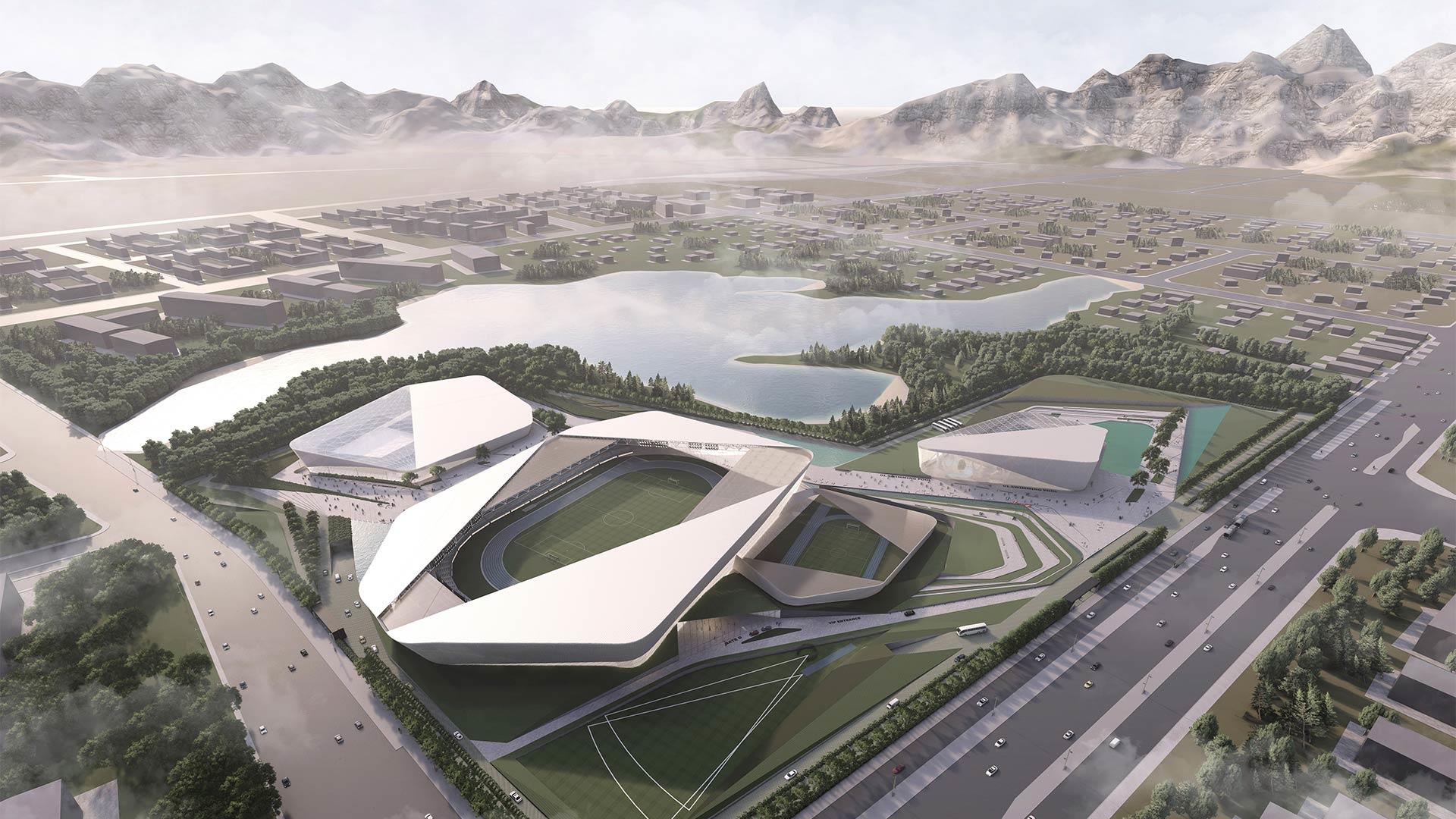
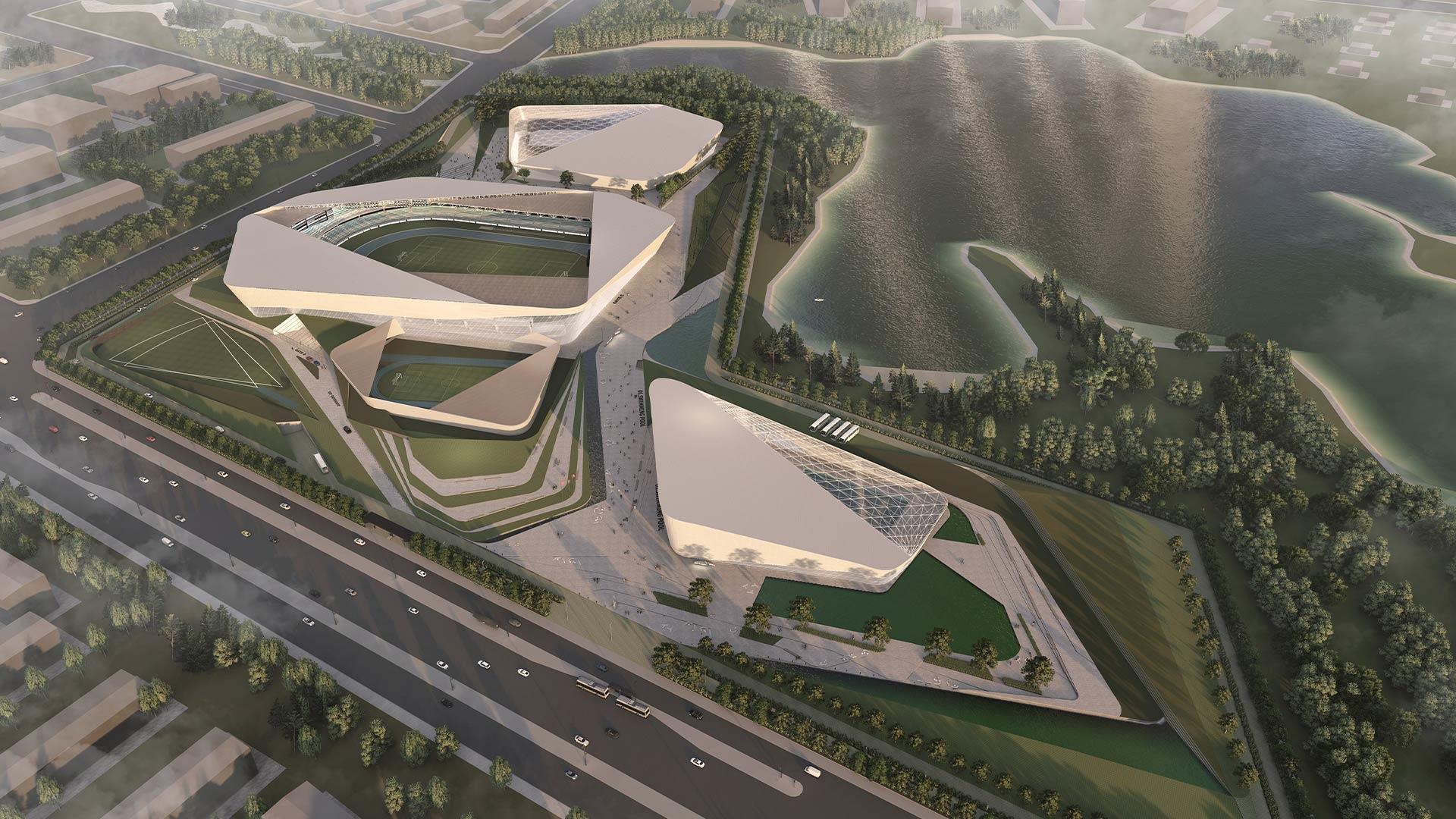
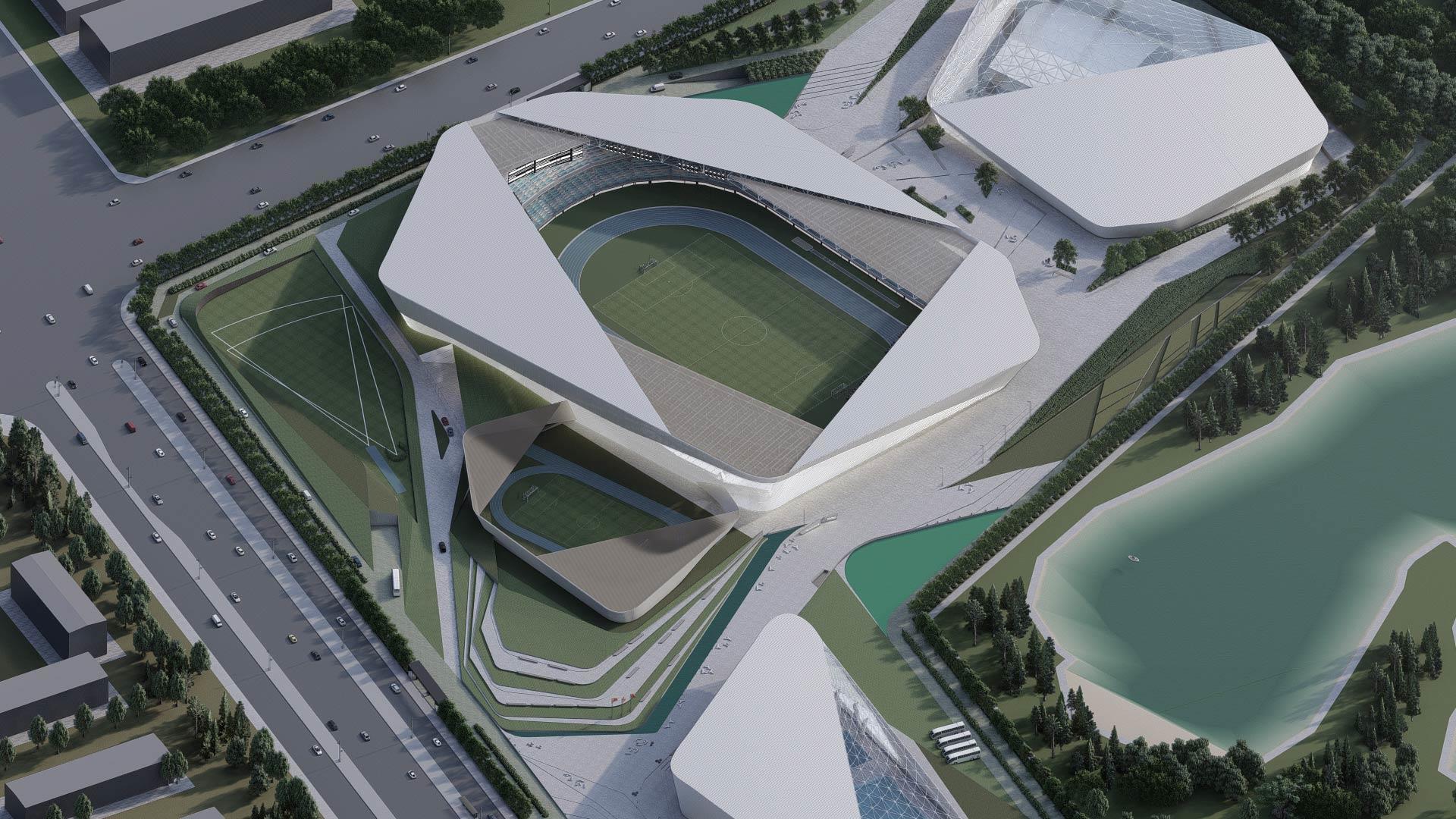
Year: Concept
Client: Golmud City Culture Tourism Bureau
Services: Architectural Design
Floors Area: 174.000 sqm
The design process of the Qinghai Sports Center starts with the analysis of the surrounding environment, drawing inspiration from the natural elements closely linked to the territory: Golmud is a place of majestic nature, from the mountains overlooking the city to the salt lakes that create evocative and magical landscapes, the main attractions of Golmud. Another significant element is salt, symbolizing the idea of constant change similar to that of the city and sport, embodying an endless metamorphosis that begins in a liquid state and evolves through a sequence of transformations, producing different effects and results each time. Fluidity, colors, aggregation, strength, and sculpture transform into each other forward, which we call METAMORPHOSIS.
The studio's work has been to incorporate all these characteristics into the design of a brand-new sports center, ready to elevate the city's recognition on a national and international scale.
The architecture is inspired by the salt crystal, evolving into an iconic sculpture that becomes the city's landmark. Starting from the concept of salt blocks immersed in the lake, the design of the three main buildings features faceted facades to reinforce notions of strength and solidity.
The Sports Center consists of a sports hall with gyms and spaces dedicated to events and shows, an aquatic center with pools for sports competitions and training, and a ten-thousand-seat stadium. The architecture is inspired by the transforming salt crystal and consists of a series of architectural volumes composed mostly of large glass walls and gigantic exposed structures. The targeted use of white color evokes the idea of the purity of salt in its eternal metamorphosis. The surrounding panorama, a scenic backdrop to the project, is evoked in the sharp forms of the buildings.
The open spaces between the buildings: water mirrors, squares, and staircases, are designed as a series of drawn waves radiating from the center of the buildings, creating a landscape that reproduces the shape of salt lakes as the water recedes with a movement that leaves behind a series of elements of particular shape. These "imaginary visual waves" give the architectural design inclined movements: the earth moves facilitating the use of underground space reserved for main parking areas and allows obtaining particular shapes that create an iconic scenario on all sides of the site.
The architectural idea proposed here has given us the opportunity to dream and go beyond thought and see nature reworked through our architectural vision. Our intent was to design something truly poetic that could dialogue with the context but at the same time affirm its presence over time.




